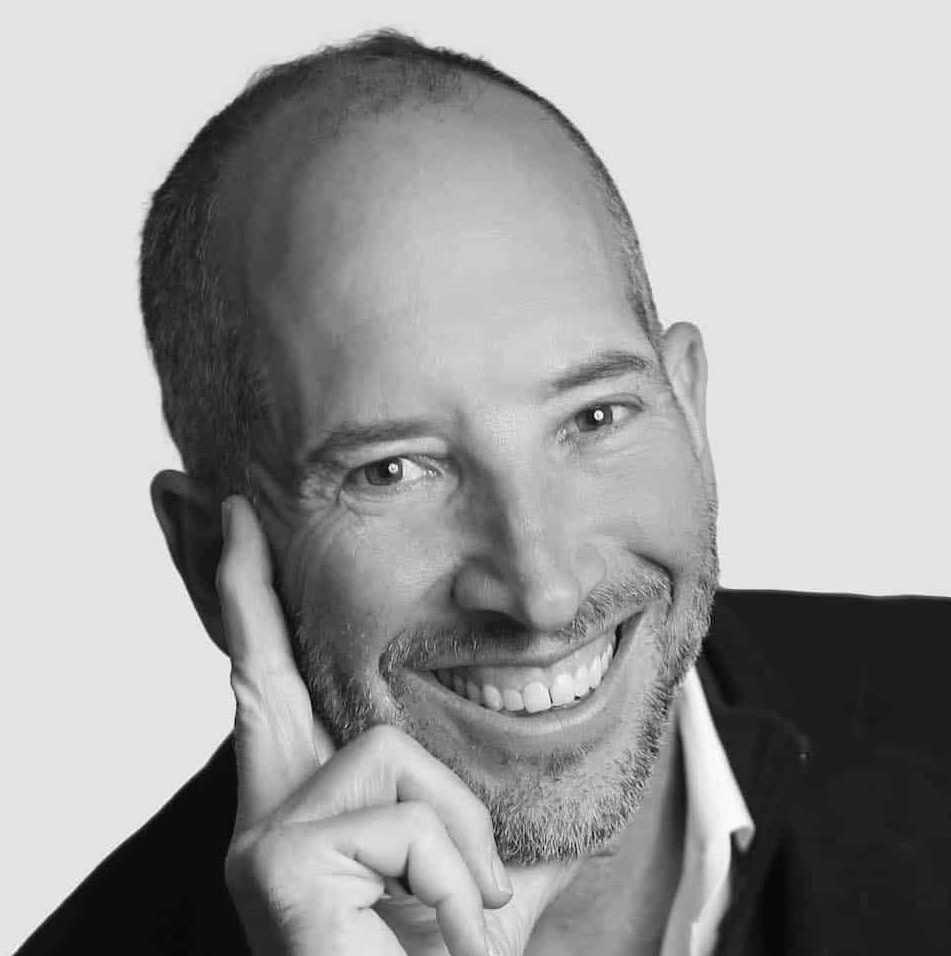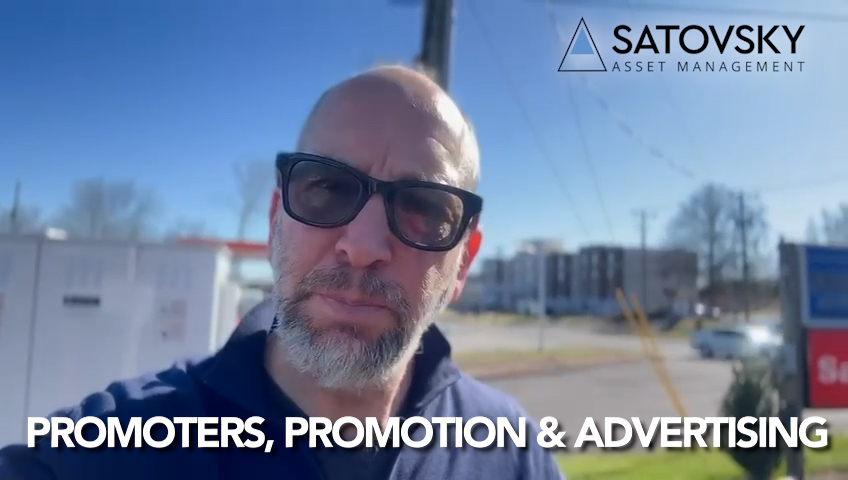Good morning, good afternoon, good evening. Depending on the part of the world you’re in. This is Jonathan Satovsky of Satovsky Asset Management. And on today’s episode of “Seeking Wisdom, Wealth, and Wellness,” I want to talk about behavioral finance, one of my favorite topics.
Of course, there’s been three Nobel Prize-winning behavioral economists in the last decade, Daniel Kahneman, Richard Fair, and Amos Tversky, and Robert Schiller—so four actually. And what’s interesting is that the data suggests—as the wonderful book, “Thinking Fast and Slow,” talks about—is that people routinely make decisions based on emotions rather than logic and evidence right in front of you. So, evidently, conditions around money are hardwired in people’s brains. Some triggering event, basically how we were raised and what we’ve experienced caused these triggering events. So, meditation, pausing and reflecting to understand when our emotions are driving our decisions, there are a few common biases that I want to relay that might help you on your journey to control some of your emotional responses when logic should overtake.
1. Loss Aversion. Feeling twice as bad about a loss as we feel good about an equivalent gain.
2. Herding. The tendency to conform to group behavior, following the crowd.
3. Recency Effect. Over-emphasizing recent experiences when making a decision.
4. Availability Bias. Overweighting information that comes most easily to our mind and is readily available.
5. Heuristics. Cognitive shortcuts or rules of thumb that simplify our decision-making.
6. Overconfidence. When confidence in one’s own judgment is greater than the objective accuracy of the judgment.
So, be aware of these, and perhaps you can have a behavioral coach—someone to check your blind spots to keep you emotionally regulated when you’re making decisions, not out of logic but out of some of these very common biases, and you will increase your odds of multi-generational success on your path to Wisdom, Wealth, and Wellness.
Have a great day.




